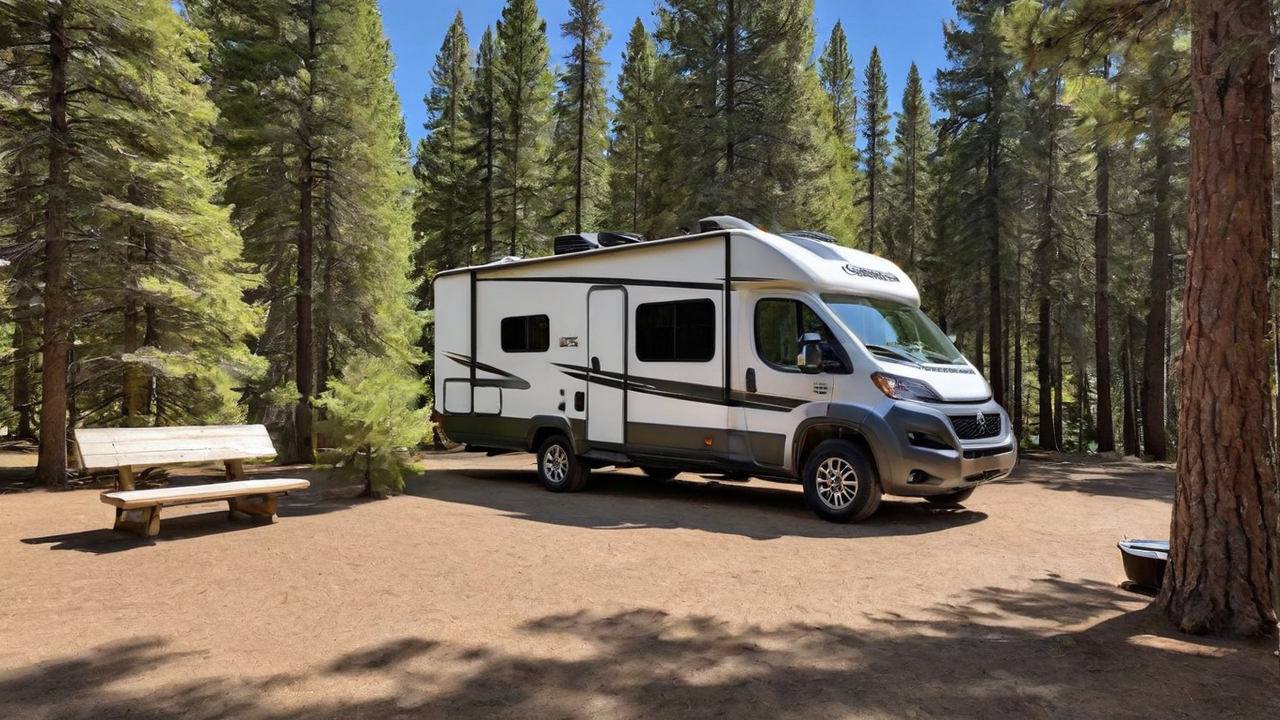Creating an Ultimate User's Experience: Design Guidelines for Camping Software
Creating an Ultimate User's Experience: Design Guidelines for Camping Software
Blog Article

Grasping Your Audience
Identifying which your target audience are vital in crafting an effective user interface. It is crucial to take into account the requirements, likes, and tech competence. This insight directs the designing decision, guaranteeing that the program is accessible and intuitive.
Knowing your users also implies recognizing the difficulties and how they plan to utilize the camping software. This allows designers to customize features and capabilities that meet specific needs, thus making the software not only helpful but also indispensable.
Streamlining the Navigation
Streamlining the navigation system is one major element of interface design. An intuitive menu system ensures visitors can readily find what they're searching for, reducing frustration and enhancing user satisfaction. It's about making the experience inside the app as seamless as possible.
Moreover, effective navigation guides users throughout your software, emphasizing features and capabilities that they might otherwise miss. This an strategy not only boosts usability but also promotes deeper interaction with the campground software's full array of capabilities.
Integrating High Quality Visuals
Graphics play a vital role in making a engaging UI. Visuals aid in breaking up text and can convey functions more efficiently than words alone. Selecting the appropriate images, icons, and color schemes can improve the overall aesthetic of the application, thereby making it more appealing to your eye.
Moreover, a consistent visual style is for creating a strong brand identity and trust among your users. Each element must be in alignment with the brand's principles and the message of your application, creating a seamless user experience that is both polished and welcoming.
Enhancing the Responsiveness
In the current digital world, users demand camping software to be responsive on every platforms, from desktops to smartphones. An responsive design ensures that regardless of what screen size, your software offers an uncompromised user experience. This not only boosts usability but likewise caters to the users’ on-the-go lifestyle.
Moreover, enhancing the responsiveness could result in better performance, decreasing the loading time and avoiding frustration. Users appreciate a quick and smooth interaction when accessing campground software, which makes speed a vital aspect in user satisfaction.
Optimizing the Search Functionality
Searching for information quickly is crucial in any application, particularly in campground software systems. Optimizing the search functionality enables visitors to effortlessly discover what they're looking for, which improves user satisfaction and productivity. Through smart search capabilities, you reduce user frustration and boost general satisfaction.
Furthermore, complex search options like filters and tags can assist in narrowing down results, making it search process more effective. Introducing these functionalities shows an understanding of the users' needs and a commitment to making their experience with your campground system as seamless and effective as possible.
Focusing on User Security
Protecting user information is always a top priority when it comes to designing campground software. Users need to feel safe when inputting their personal information. Ensuring strong security protocols not only secures their information but likewise builds a sense of trust between your customer and your company.
In addition to standard protections like strong passwords and data encryption, it's important to consider integrating sophisticated options such as two-factor authentication or biometric security logins. Such measures provide additional layers of protection, further ensuring that customer information is held secure from unwanted access.
Utilizing User Feedback
Listening to feedback is essential for the continual enhancement of any campground program. It enables the developers to grasp what works, what doesn’t, and how the software can be improved to meet user needs. This type of feedback builds a partnership between your customers and your development team, which makes them feel they are part of the product's journey.
Using this feedback into account can result in tangible enhancements in user interface design and overall user experience. Making changes based on user input proves that your company cares about its users and is committed to providing a high-quality experience.
Keeping the Simplicity
Among design, simplicity is key. A unnecessarily complex UI can overwhelm users, leading in a negative UX. Keeping things simple, on the hand, makes the software easier to understand and navigate. It promotes more user engagement and satisfaction.
Furthermore, keeping the simplicity should also extend to the content and functionality. Avoiding unneeded features that don’t contribute real value can help ensure that your interface remains uncluttered and focuses on learn details meeting the essential needs of the end-users. By, you create a more streamlined and effective user experience that resonates with the audience.
Report this page